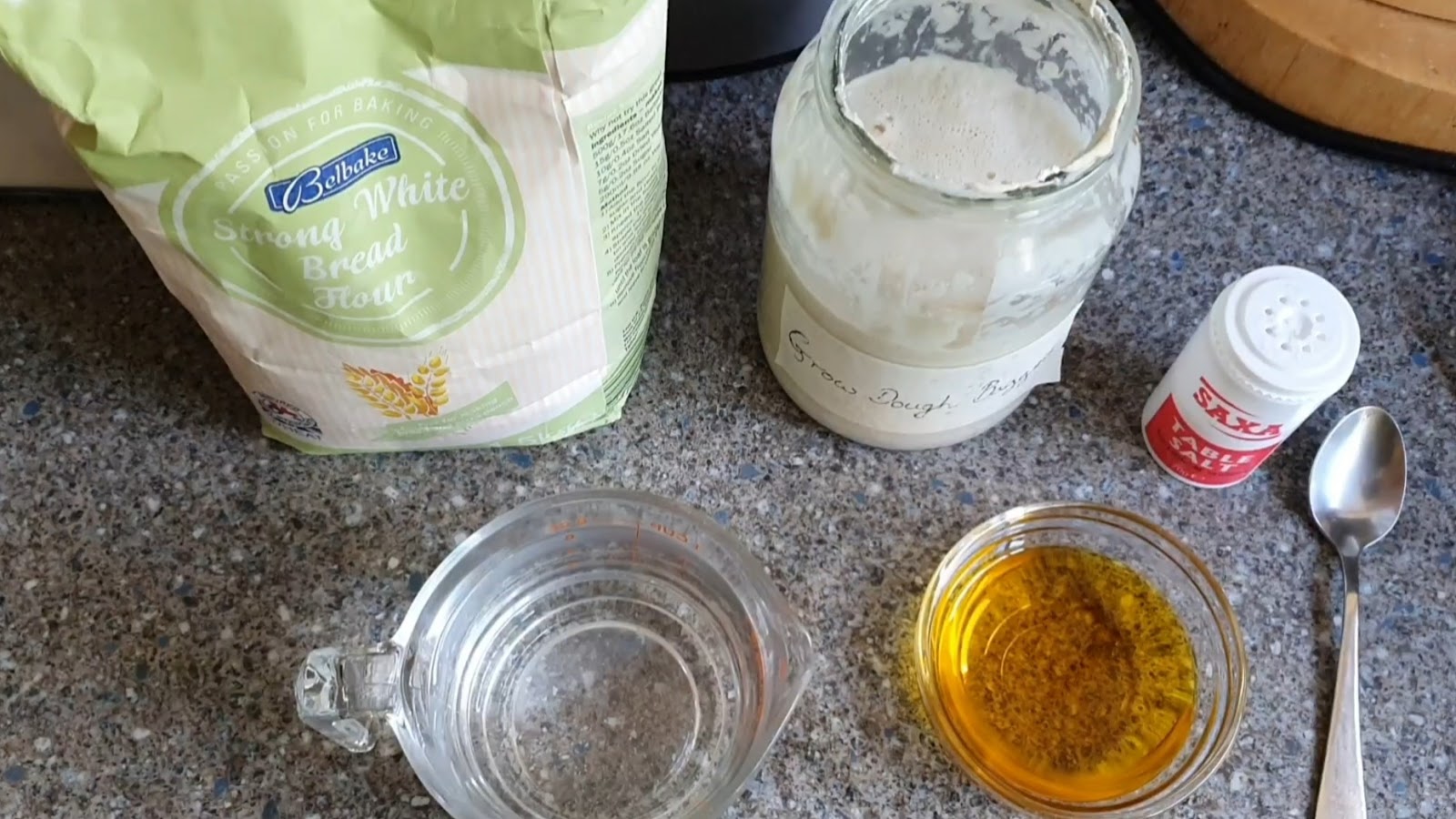This juice is then fermented with yeast which converts the sugar in the juice into alcohol.
But you can speed this process up and make "turbo" cider by using commercially made apple juice.
When doing this all you need is an airtight sterilised container with an airlock, this will let the carbon dioxide out to prevent your vessel exploding.
I got this 5 litre (one gallon) food safe bucket and airlock kit from amazon.
The apple juice can be fresh or from concentrate but must not contain any preservatives as they will kill your yeast.
Make sure to not over fill your fermentation vessel, I used 4.5 litres of room temperature juice as my bucket was 5 litres.
Next make a strong cup of tea, normally cider gets tannins from the skins of the pulped apples but that will have been removed by the commercial juicer makers. We replace it by letting a tea bag soak in a mug for ten minutes before tipping the tea (minus the teabag 😉) into our bucket.
Now your juice and tea mixture should be around 20°C (68°F) before you add your yeast. I used a teaspoon of wilko yeast compound which is a yeast and nutrient blend.
Now ensure you have some vaseline around the lid and airlock for a good seal and set aside for a week at a constant 18-20°C (64-68°F)
After a week to ten days you'll no longer see bubble passing through your airlock and your primary fermentation is complete.
Technically you've brewed cider but if you drink it now it will taste pretty funky as it will still have lots of yeast floating about in it so decant it to bottles for storage using a sterile siphon.
I used a couple of Old Rosie bottles as they have a screw cap lid and hold 2 litres each.
This left me about a pint of cider to test it alcohol content and taste (it was pretty funky but drinkable if super cloudy scrumpy is your thing 😉)
You can see the whole process on my YouTube channel here
After a week it settled nicely looking just like normal commercial cider but if you can let it condition in the bottle for at least two weeks.
Can you guess which bottle above was homebrew and which was store bought?
If you want a carbonated cider prime the bottles before filling with sugar, the amount you need will vary according to the bottle you're using.
Homebrewing is surprisingly easy, is good fun and can save you so money so give it a try 👍
Take care
Roo




















































